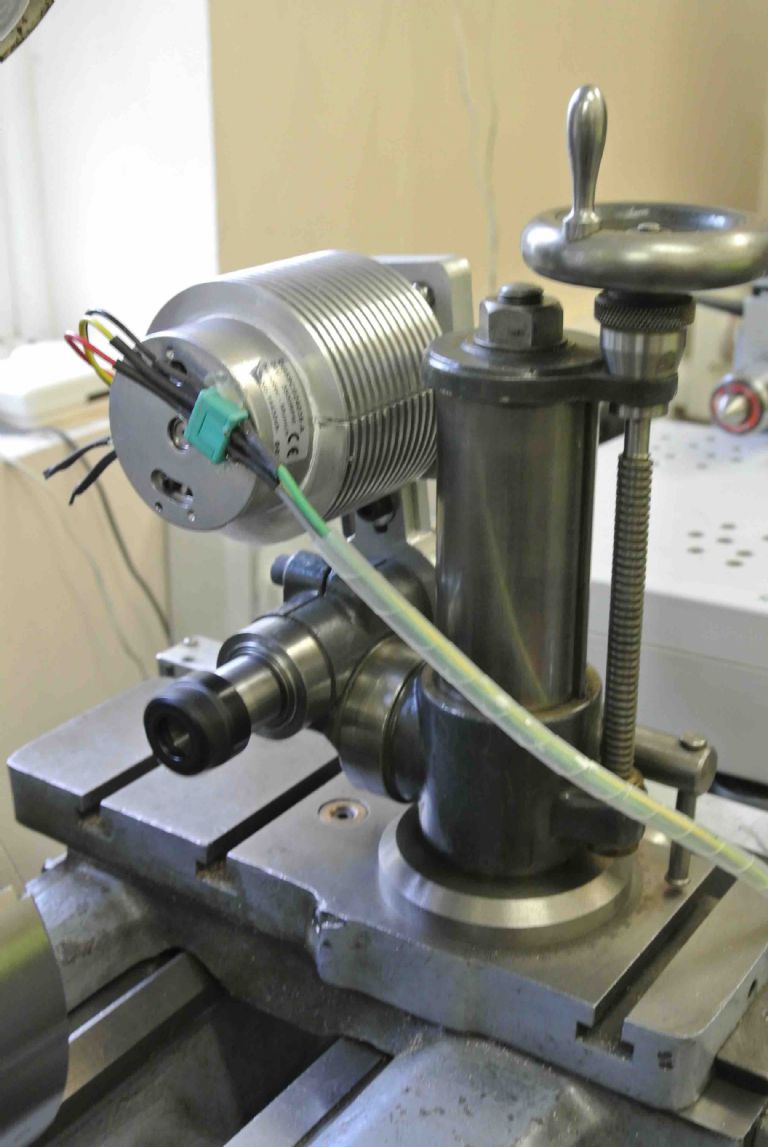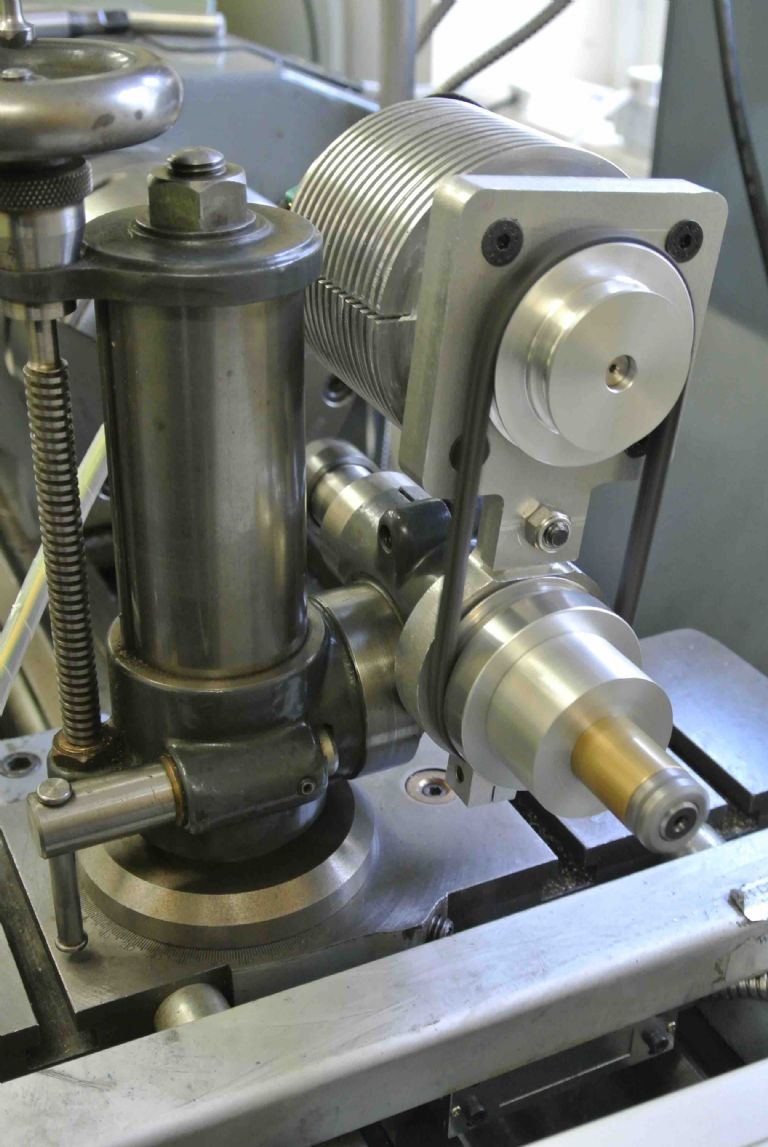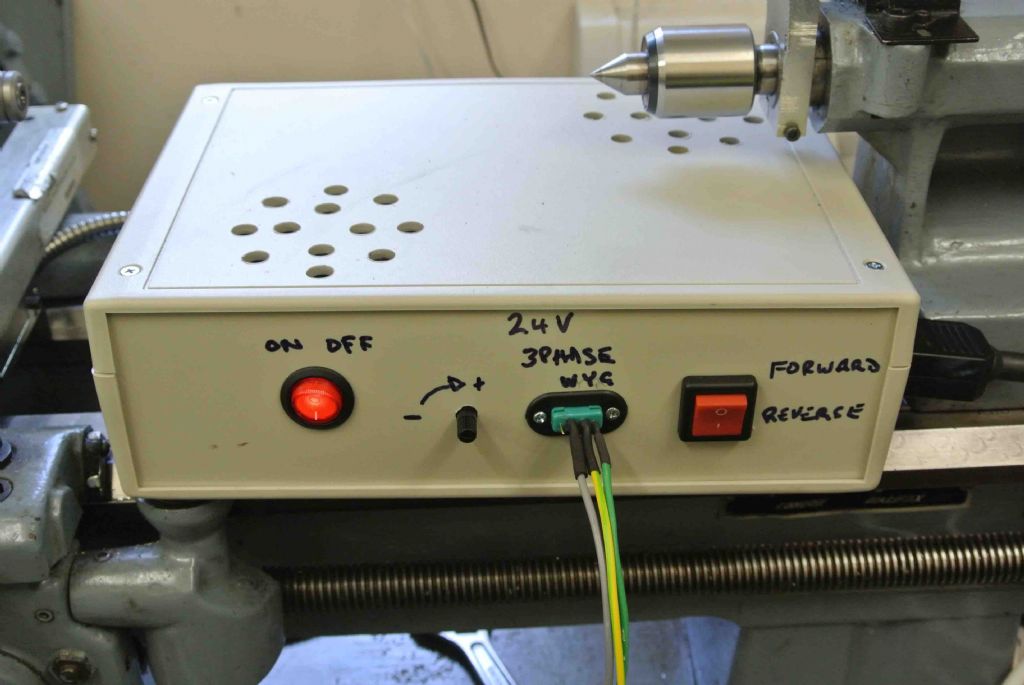Bearing shields (metal) and seals (rubber) supposedly serve two purposes, although not necessarily at the same time – it depends on the situation: keeping the muck out and keeping the lubricant (usually grease) in. Metal shields are obviously more robust, thus better at excluding swarf and chips, but there is a small gap between shaft and shield, so dust and fluids can enter the bearing and lubricant can escape. Seals usually contact the shaft, thus will exclude liquid and fine solid contaminants and do a better job of containing lubricant. However, seals wear and also can exert so much drag on the shaft that low-torque drives may be unable to achieve desired spindle speeds. The drag can be quite surprisingly problematical. There are so-called 'non-contact' seals, which look identical to conventional rubber seals, but are drag-free. These are ideal for low-powered spindles, such as Unimat headstocks. Manufacturers' data sheets will give you the relevant identification numbers, etc.
Incidentally, for precision spindles, if using deep groove, rather than angular contact bearings, you should be looking for 'tight' bearings, with a small clearance rating. These may not be as easy to obtain as C3 or CN rated bearings (excuse me if I've got the wrong rating codes here – working from beer-addled memory tonight…). Lower numbers are tighter. Some manufacturers offer 'electric motor' bearings, which are designed to run more quietly, ie with less vibration, which is just what you want. They are not much more expensive than 'cooking' ones.
And, of course, buy quality, not cheapest.
John Wright 19.









